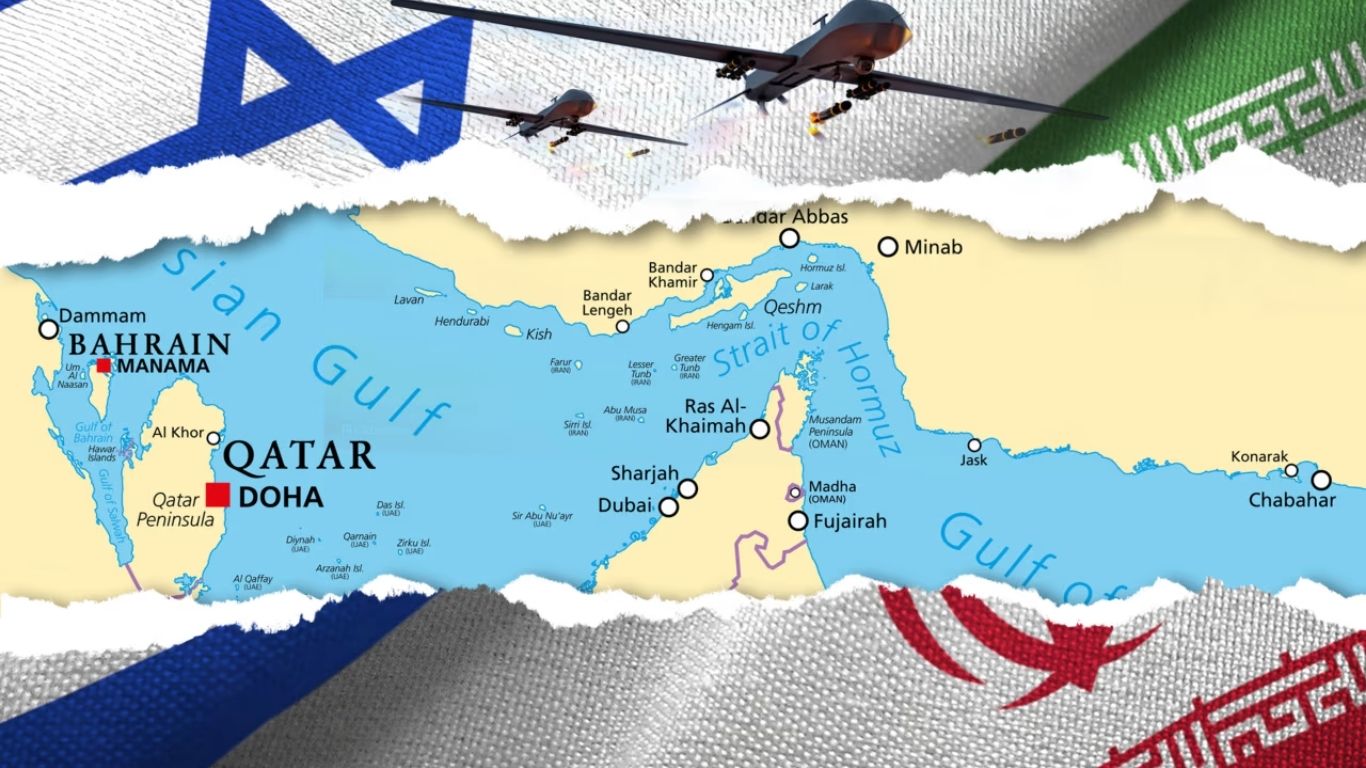Israel’s economy has endured a year of relentless conflict, withstanding shocks that would have crippled many advanced nations. Yet, as experts at the prestigious Eli Hurvitz Conference concluded, the country’s survival is owed less to government policy and more to national resilience, a strong high-tech sector, and a spirit of mutual responsibility that has become the backbone of Israeli society.
A War Economy Under Strain
Since the Hamas-led attack on October 7, 2023, and the subsequent multi-front war involving Gaza, Lebanon, and even direct strikes on Iran, Israel has faced unprecedented economic and social challenges. The costs are staggering: the war has already added more than NIS 250 billion (about $67 billion) to state expenses, a figure that continues to climb as military operations drag on.
Military spending has surged by 65% in 2024 alone, reaching $46.5 billion and accounting for nearly 9% of GDP the steepest increase since 1967 and the second-highest share globally, after Ukraine. The 2025 budget earmarks a record 744 billion shekels ($199 billion), with 21% more spending than the previous year and a defense allocation of $38.6 billion.
Economic Fallout: GDP, Jobs, and Investment
The war’s toll on the real economy has been severe. In the last quarter of 2023, Israel’s GDP shrank by nearly 20%, marking the sharpest contraction since the COVID-19 pandemic. Consumer spending plummeted by 27%, business investment collapsed by 70%, and exports dropped by 18%. The mobilization of 300,000 reservists and evacuation of border communities disrupted around 18% of the workforce, with sectors like construction, agriculture, and tourism particularly hard hit.
Unemployment has remained relatively stable at around 3.6%, but this masks deep pain in specific regions and among displaced populations. Nearly one-fifth of evacuees lost their jobs, and a third of all households reported falling incomes rising to 44% in the hardest-hit areas. Self-employed and small business owners have borne the brunt, with many still reporting reduced activity and a lack of adequate compensation mechanisms.
Fiscal Challenges and Rising Debt
To fund the war, Israel has turned to tax hikes and spending cuts. The 2025 budget includes a 40-billion-shekel package of tax increases most notably, a VAT hike from 17% to 18% and cuts across most ministries. Debt servicing alone will consume 161 billion shekels ($43 billion), and the national debt has ballooned by 10% in six months, now exceeding 1.2 trillion shekels ($336 billion).
All three major credit rating agencies have downgraded Israel’s sovereign rating, citing concerns over the war’s duration and fiscal sustainability. The budget deficit is projected at 8.5% of GDP, and growth forecasts have been slashed to just 0.4% for 2024.
The Productivity Puzzle and the Haredi Dilemma
A recurring theme at the Eli Hurvitz Conference was Israel’s chronic productivity gap compared to other OECD countries. Experts stressed that the war has only exacerbated this challenge by diverting resources from infrastructure and education to defense.
A major structural issue is the low participation of ultra-Orthodox (Haredi) men in the workforce. Only 33% pay taxes, and half do not work at all, costing the economy billions in lost revenue and placing a heavier tax burden on other Israelis. Integrating the Haredim into both the labor market and military service is seen as crucial for long-term fiscal health and social cohesion.
Resilience and Recovery: Signs of Hope
Despite these headwinds, Israel’s economy has shown remarkable resilience. The high-tech sector remains robust, and consumer confidence is rebounding, as evidenced by a 10.6% rise in industrial purchases and a 4.6% increase in credit card transactions in late 2024. Infrastructure companies have seen their market values surge, and the government has launched ambitious reconstruction programs in war-affected regions, though progress remains slow and funding uncertain.
The OECD and other observers have commended Israel’s ability to maintain stability under extraordinary pressure, crediting sound fiscal management before the war and a dynamic innovation-driven economy.
The Road Ahead: Tough Choices and National Unity
The consensus among economists and policymakers is clear: Israel cannot indefinitely increase its debt to fund both guns and butter. The Bank of Israel has called for fiscal prudence cutting expenses, raising taxes, and, above all, integrating marginalized populations into the workforce. Without these reforms, the long-term risks to growth and social stability will only intensify.
As Prof. Karnit Flug, chair of the Hurvitz Conference, noted, Israel’s survival through this turbulent period is a testament to its national resilience not government policy. The spirit of mutual responsibility, innovation, and adaptability has kept the economy afloat. But unless the government addresses deep-seated structural challenges, the price of conflict may ultimately prove too high for even the most resilient nation to bear.




